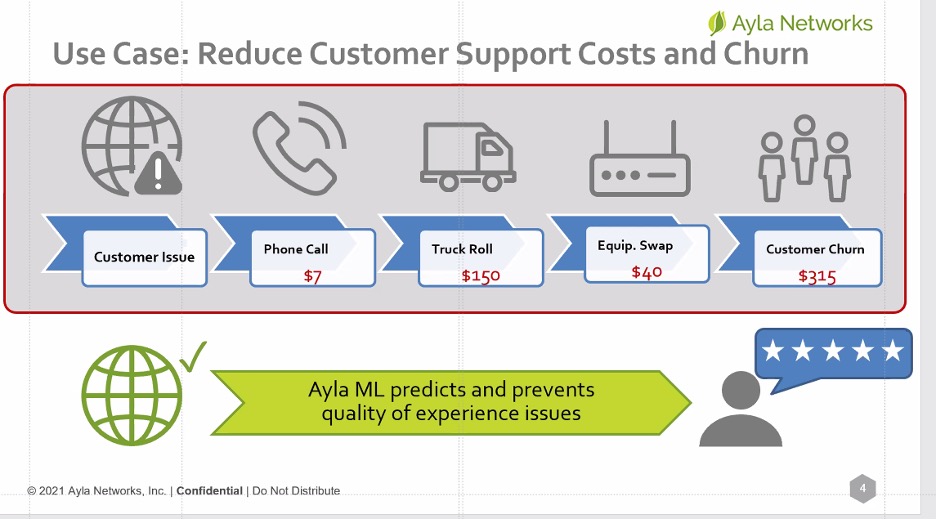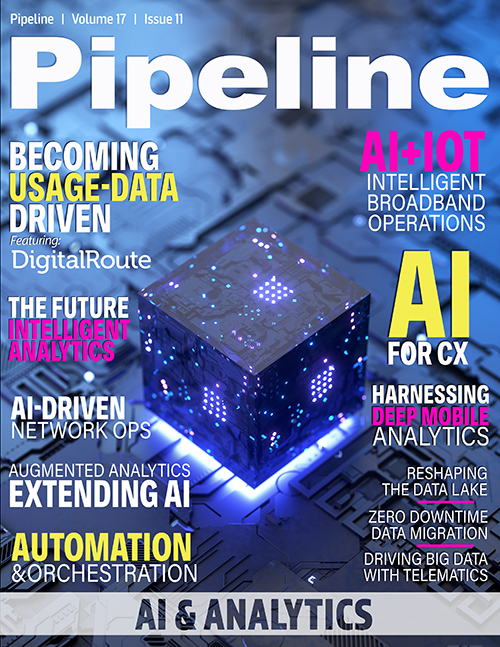Intelligent Broadband Operations
By: Prashanth Shetty, Ayla Networks

Think back to the last time you had to call your Internet service provider. Were you delighted by the experience? Or did the experience leave you wanting to cancel your service, just so you never had to go through the process or speak to them again? The smart money is on the latter.
Unfortunately, we have only grown more dependent on connectivity and the devices it connects in our homes. The last 10 years has seen an explosion in the growth of the Internet of Things (IoT), in three distinct phases. In the first phase, previously unconnected devices and assets were connected to the cloud, and hardware innovation accelerated with the creation of new chips and modules to support Wi-Fi, cellular and other evolving standards. The second phase brought about device management, app-based control of connected devices, and evolutions to device and data management. Now, the third phase is all about leveraging device data to harness actionable insights to create specific business outcomes, such as better operational efficiency and improved customer experience (CX). This explosion of connected devices, volume of data, and complexity has made the role of service providers more critical than ever.
To add to this, the pandemic created an accelerated global shift to digital transformation; as how we work, learn, and live moved online. The result? The stakes and costs are even higher for service providers, underscoring the importance to more efficiently provide better CX.
The reality is that the cost of CX failure is high. From support calls to device swaps, truck rolls to related CAPEX and OPEX, service providers can spend more than $500 per subscriber when dealing with a persistent service issue. Figure 1 (below) tallies up the costs, and it can add up.

Figure 1 – The Cost of Poor CX
click to enlarge
Service and support costs can surpass millions annually. Yet many service providers are still doing a poor job at CX. They are using outdated technology with a lack of visibility into devices and network problems. Moreover, they’re still struggling to move away from an old utility mindset and culture. This is what you face when you call with a problem. And you’re going to keep encountering it until something changes.
The time for a modern, analytics-powered approach to the persistent CX problem is now. The key to transforming CX and reducing operating costs lies in tapping into data to drive a new approach with a value proposition anchored in real business outcomes. These include reducing those support calls, device swaps, truck rolls, and related costs—equating to millions of dollars in savings per year. How? Let’s take a closer look.


















